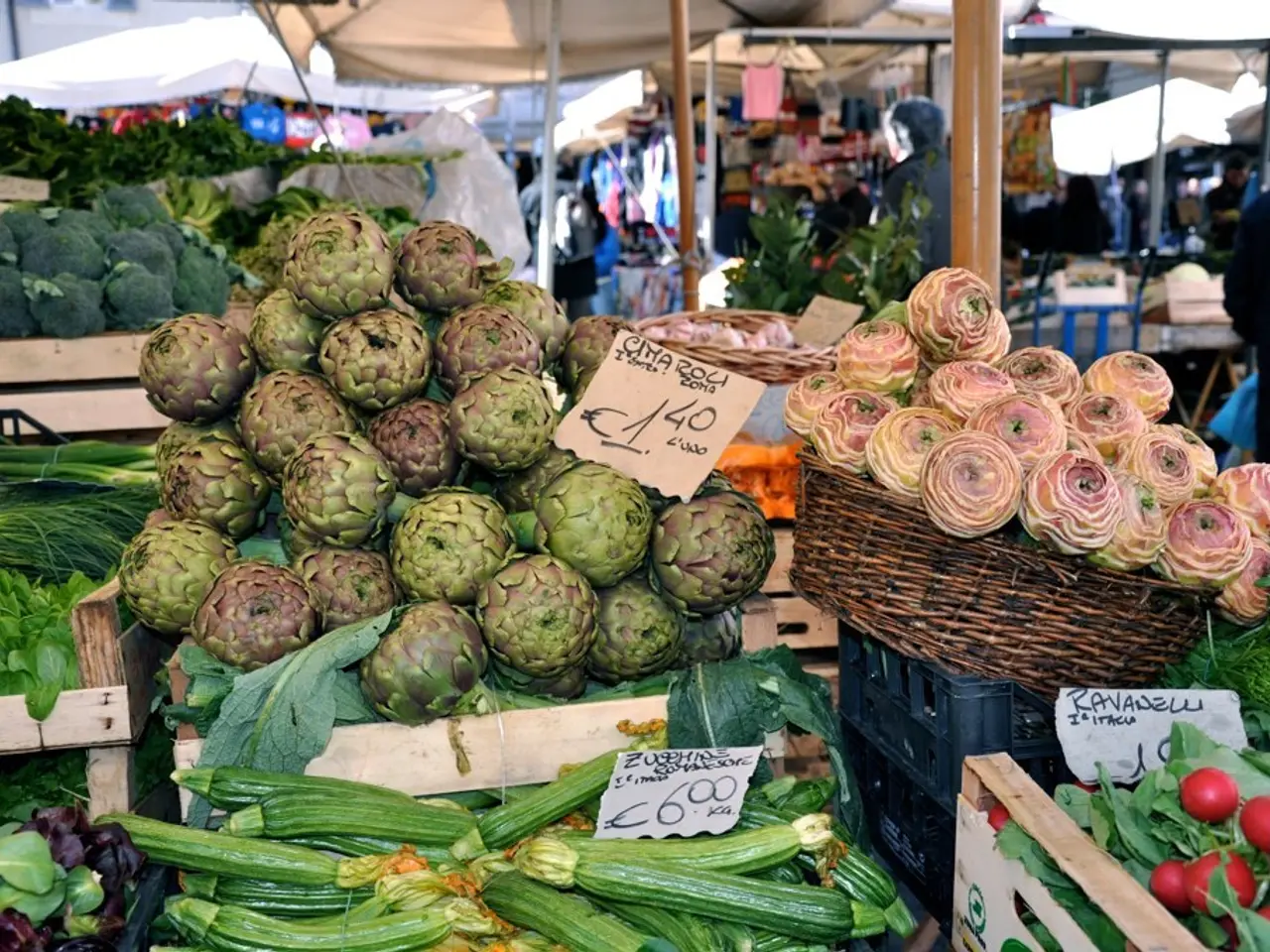Reinforcing our food supply through advanced fermentation methods
The world is currently grappling with a prolonged food security crisis, primarily due to the economic fallout from the COVID-19 pandemic, climate change, and food price shocks resulting from the war in Ukraine. Amidst these challenges, the call for a more sustainable food system is growing louder, with precision fermentation emerging as a key component of the solution.
Precision fermentation involves transforming microorganisms into mini-factories, producing specific enzymes or protein ingredients. Despite the potential, scaling up this technology to compete with traditional protein sources in terms of cost and efficiency faces several hurdles.
Key Challenges
- High Capital Costs and Investment Needs: Scaling precision fermentation requires substantial capital, estimated to be around $500 billion by 2040, predominantly for building out production capacity.
- Process Efficiency and Technology Limitations: Current bioreactors, repurposed from pharmaceutical production, are inefficient for food production, leading to inefficiencies in yields, downstream recovery, and fermentation cycle times.
- Regulatory Clarity: Regulations remain fragmented and slow, particularly in Europe and Asia, hindering market access and scale-up.
- Consumer Perception and Acceptance: While many consumers are open to biotech-derived proteins, transparent labeling and education about environmental benefits and safety are crucial to enhance trust and demand.
Proposed Solutions
- Optimizing Plant Operations and Modular Design: Best practices in capital investment, flexible modular plant design, and shared capacity usage can lower operating costs and improve scalability.
- Improving Process Technology: Developing purpose-built continuous and anaerobic food-grade bioreactors can significantly boost productivity and lower costs.
- Regulatory Engagement and Market Strategy: Proactive interaction with regulators and transparent consumer communication about benefits and production methods can foster acceptance and market growth.
- Expanding Manufacturing Capacity Locally: Establishing production facilities near key markets can reduce import tariffs, logistics costs, enhance supply chain resilience, and support demand growth.
- Targeting High-Demand Products and Variety: Prioritizing precision fermentation of proteins with established market demand and formulating appealing taste and texture profiles can help overcome initial consumer barriers and enhance adoption.
With these strategies, the production cost of precision-fermented proteins could be reduced to $8–$13 per kg, making them 50–75% cheaper than current costs and competitive with conventional proteins.
While challenges in capital, regulation, technology, and consumer acceptance remain significant, coordinated industry investment in process innovation, regulatory navigation, and market strategies is enabling precision fermentation to scale and compete more effectively with traditional protein sources.
The food security crisis underscores humanity's dependence on plant crops and animal farming for food production. Global disruption can jeopardize the food supply. Precision fermentation, as an emerging form of food production, could potentially allow society to more easily weather such crises. Companies like Deep Branch, Solar Foods, and ImaginDairy are leading the charge, developing innovative solutions to scale up fermentation technology and transition to a circular, low-waste bioeconomy.
- The economic fallout from the COVID-19 pandemic, climate change, and food price shocks from the war in Ukraine have intensified a global food security crisis.
- Amidst this crisis, the call for a more sustainable food system has become increasingly loud, with precision fermentation being recognized as a key component of the solution.
- Precision fermentation involves transforming microorganisms into mini-factories that produce specific enzymes or protein ingredients.
- However, scaling up this technology to compete with traditional protein sources in terms of cost and efficiency faces significant hurdles.
- High capital costs and investment needs are one of the major challenges, with estimates suggesting around $500 billion will be required by 2040.
- Another challenge is the inefficiency of current bioreactors, repurposed from pharmaceuticals, leading to inefficiencies in yields, downstream recovery, and fermentation cycle times.
- Regulatory clarity is also a concern, particularly in Europe and Asia, where regulations are fragmented and slow, hindering market access and scale-up.
- Consumer perception and acceptance are crucial, and while many are open to biotech-derived proteins, transparent labeling and education about environmental benefits and safety are essential to enhance trust and demand.
- To address these challenges, optimizing plant operations, improving process technology, engaging with regulators, and expanding manufacturing capacity locally have been proposed as solutions.
- These strategies could potentially reduce the production cost of precision-fermented proteins to $8–$13 per kg, making them 50–75% cheaper than current costs and competitive with conventional proteins.
- Industry investment in process innovation, regulatory navigation, and market strategies is enabling precision fermentation to scale and compete more effectively.
- Companies like Deep Branch, Solar Foods, and ImaginDairy are leading the way, developing innovative solutions to scale up fermentation technology and transition to a circular, low-waste bioeconomy.
- This shift in food production could potentially allow society to more easily weather future crises by reducing dependence on plant crops and animal farming for food production.




